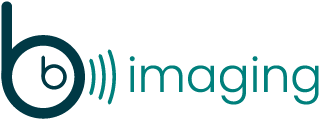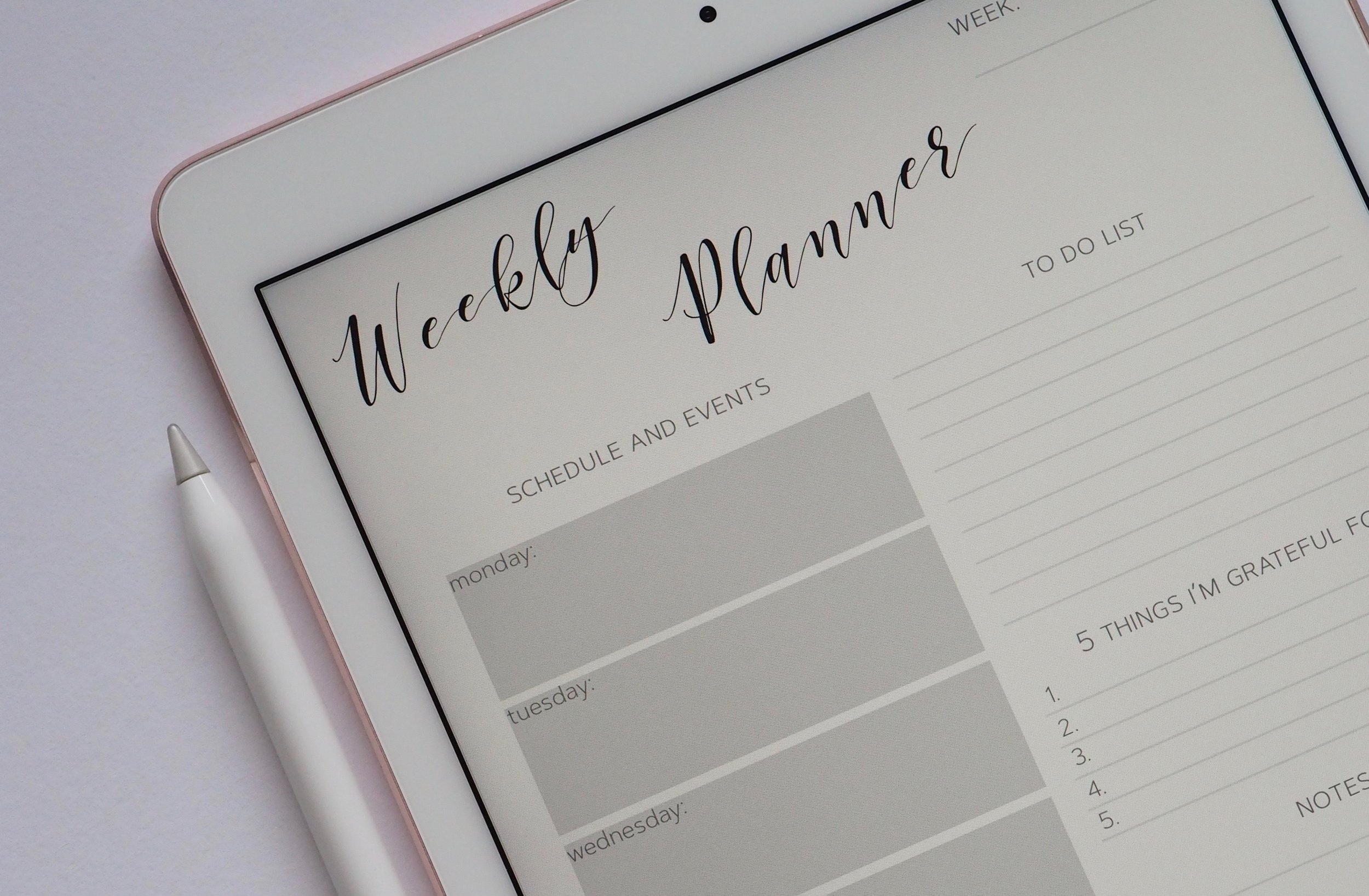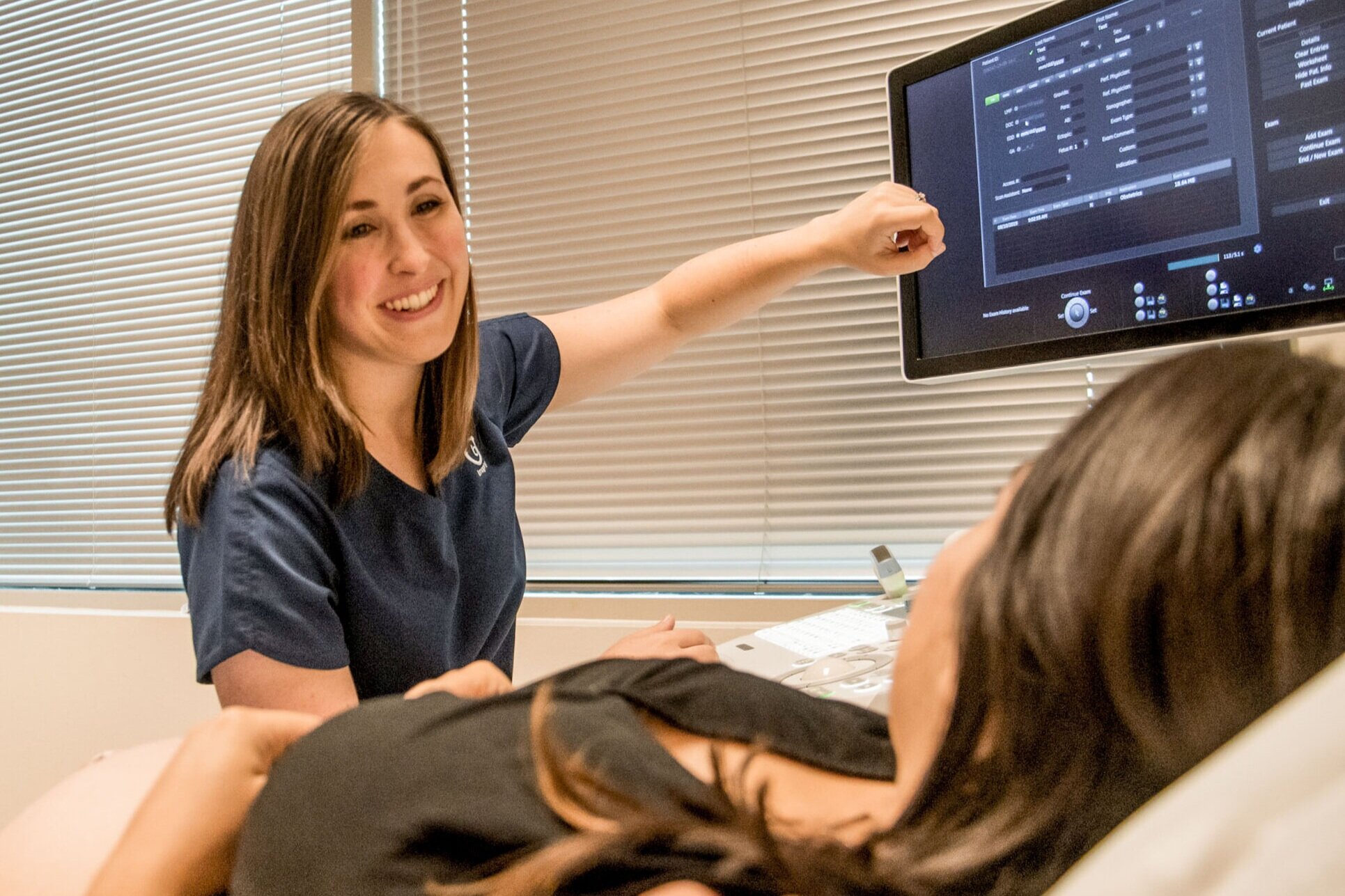What encourages people to perform to the best of their abilities? Research has shown how a person feels is often more important than what they earn. A 2013 study of 1,200 U.S. employees from a broad cross-section of industries found 70% of respondents reported their most meaningful recognition “had no dollar value”. The study also found:
-
83% said recognition for contributions was more fulfilling than rewards or gifts;
-
76% found peer praise very or extremely motivating;
-
88% found praise from managers very or extremely motivating;
-
90% said a “fun work environment” was very or extremely motivating (Lipman, 2013).
What makes positive feedback such a motivating force? Scientific research has shown pride, pleasure, and increased feelings of self-esteem are all common reactions to being paid a compliment. Being praised triggers the release of dopamine, a neurotransmitter that helps control the reward and pleasure centers of the brain. Natural dopamine can make us feel good and contribute to innovative thinking and creative problem-solving.
It is important to note these positive effects, can be relatively short-lived. The best chance for praise to have an enduring impact is to offer it regularly. Also relevant is the way in which the praise is delivered. When only genuine achievements are recognized, it can increase credibility. Empty words have little or no value. It is possible for unearned praise to do more harm than no recognition at all. It is also helpful for leaders to be specific about which aspects of their team members’ performance are impressive and why (The Toolkit for Managers, 2014).
Additional benefits to recognition:
-
Recognition can occur almost immediately without having to submit requests to payroll and wait for a paycheck. Recognize team members as close as possible to the event for maximum impact.
-
A timely public thank you, extra leave, a prime parking spot for a month, or leaving early on a Friday, can create a passionate, hard-working team committed to growing and improving the company (Thompson, 2016).
-
Recognition is relational, whereas monetary rewards are transactional.
-
Recognition is non-transferable, it can not be removed or exchanged.
-
Recognition can happen anytime someone notices positive behaviors of another. It can be beneficial for team members to know how they are doing before a result is achieved(Saunderson, 2013).
Money is important and there is a time and place for monetary rewards. However, it appears that positive feedback can be both more effective and more efficient when recognizing team members. Possibly, the most important tools for motivating people and keep them performing to the best of their abilities is right on the tip of the tongue.










